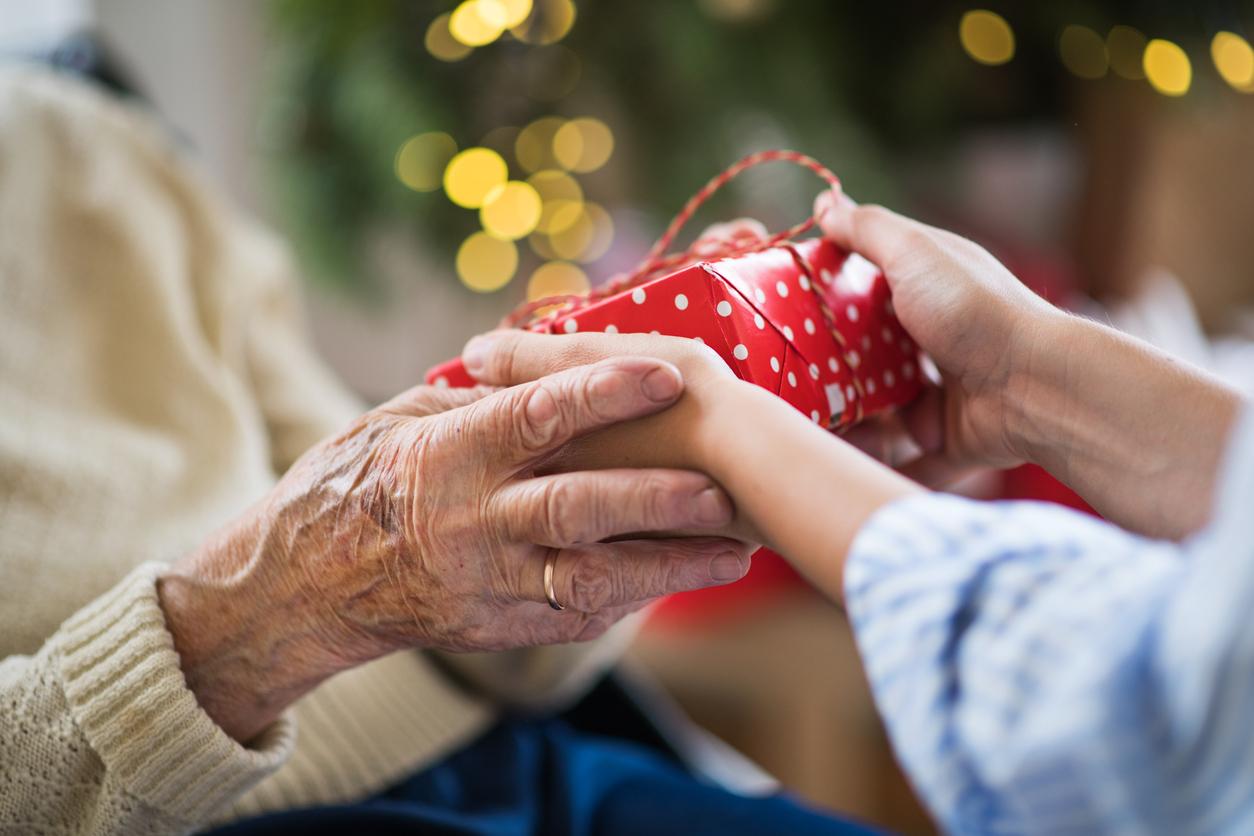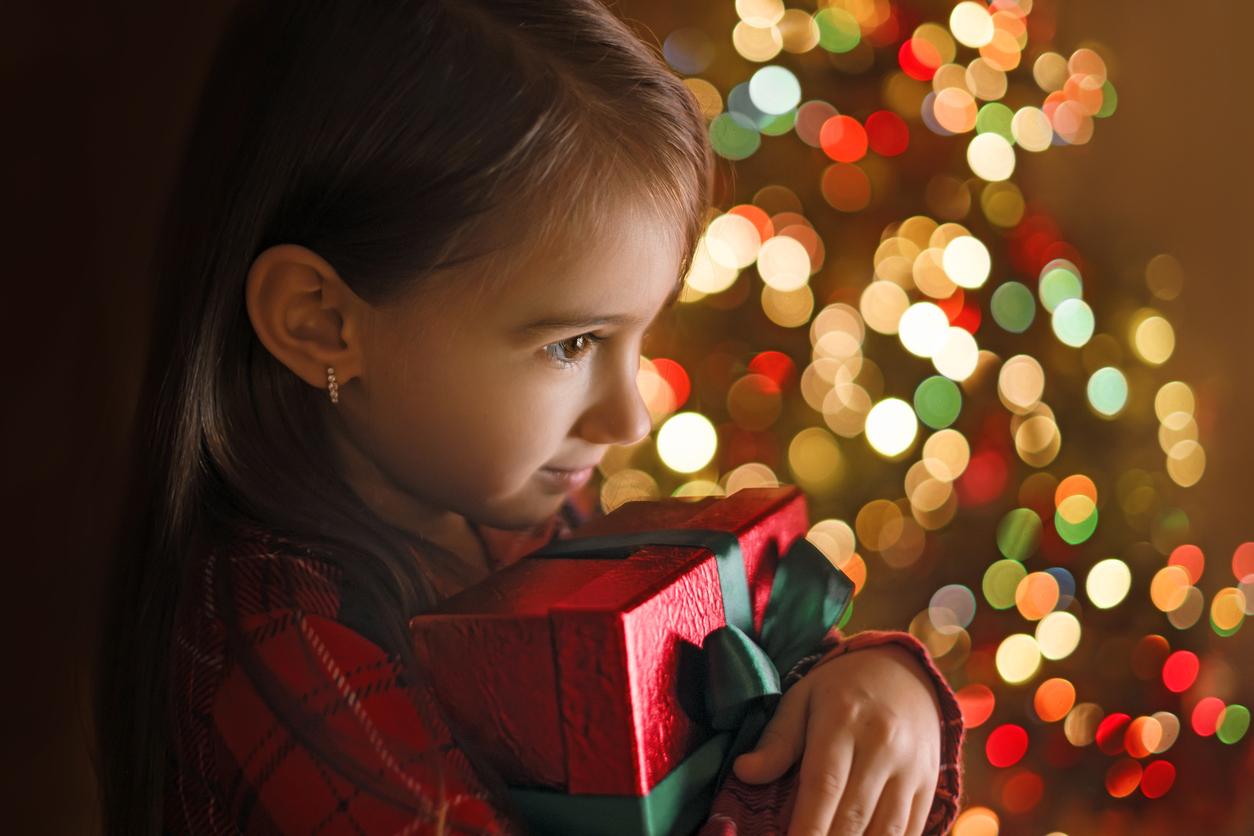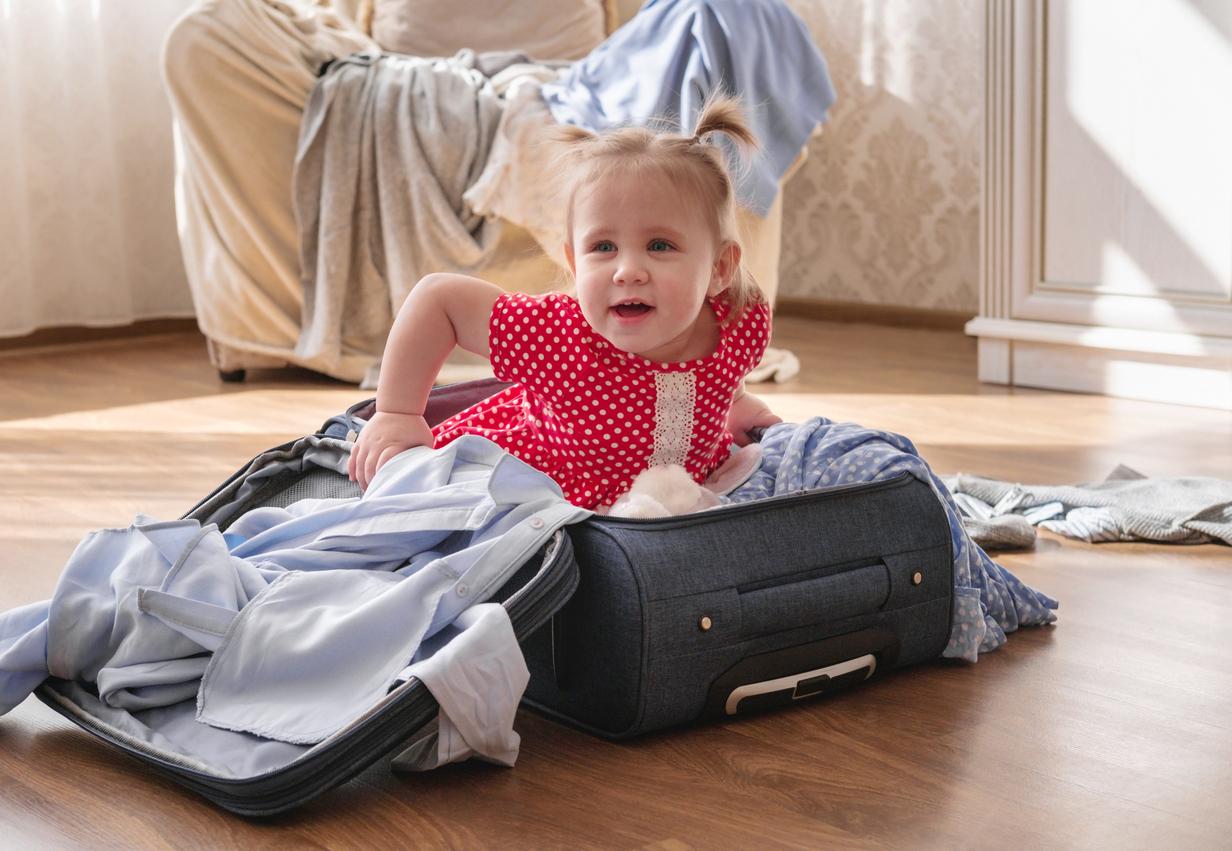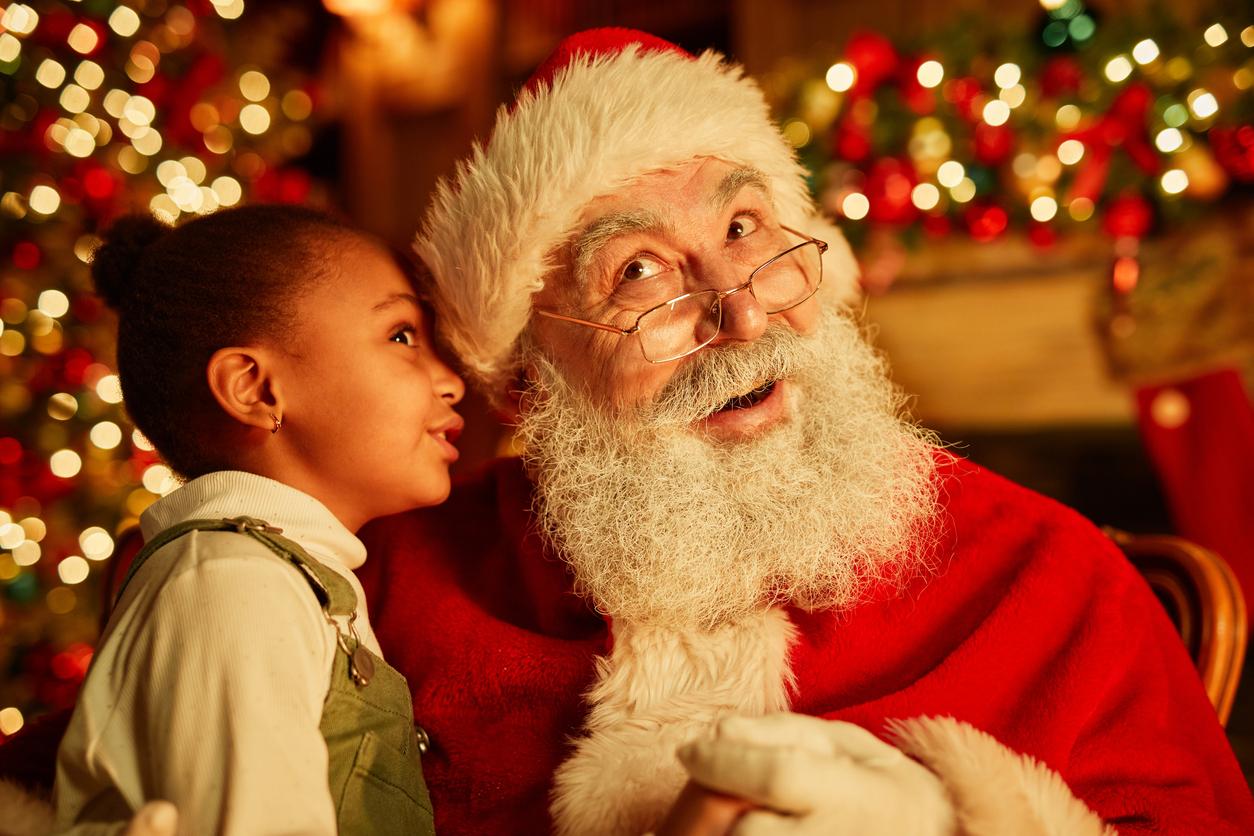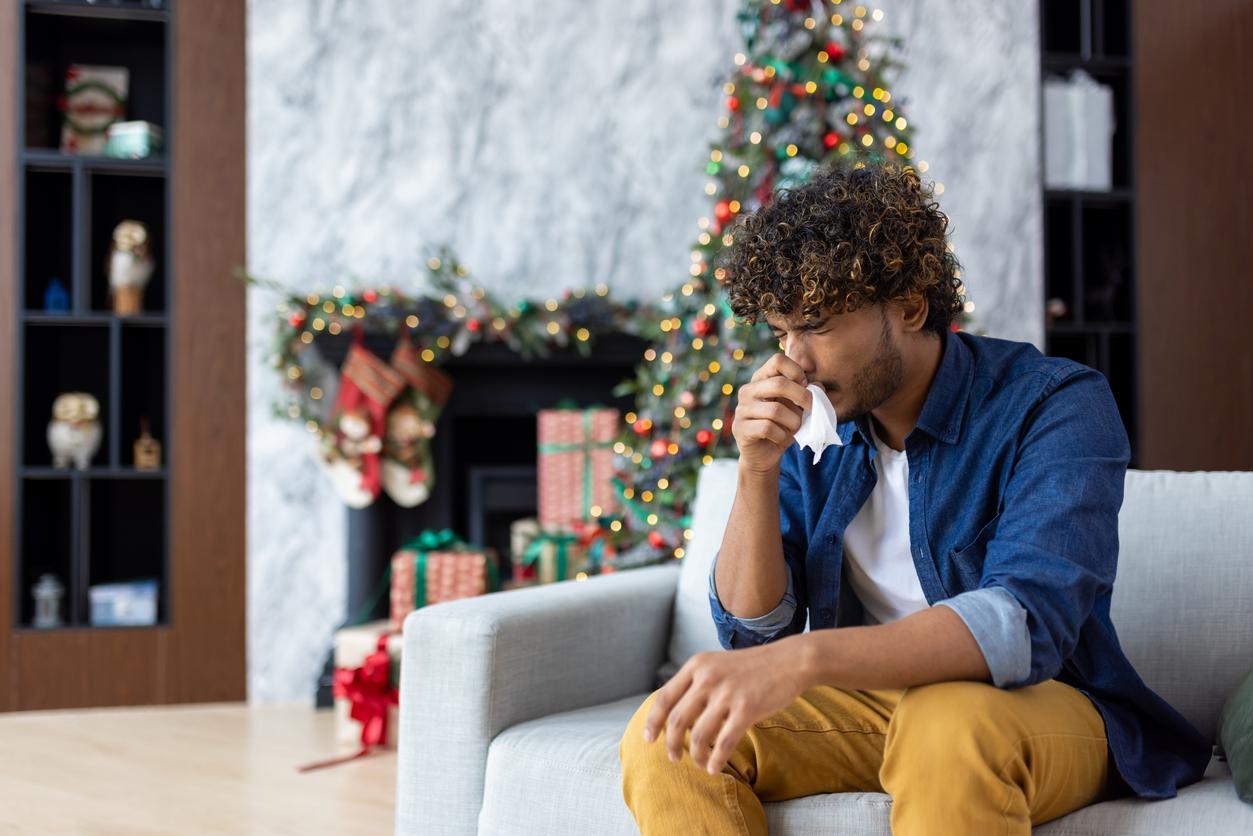In France, each year between 750,000 and 1 million pets are adopted. But our country also holds the sad record of over 100,000 dropouts per year. The Minister of Agriculture, Julien Denormandie, therefore comes from to present an original plan to fight effectively against this scourge. “A pet is neither a consumable nor a toy; to own it is to be responsible for it,” he said.
Abandonment is too often a reflection of an impulsive purchase or adoption and a lack of awareness of future owners as to their responsibilities for the 10 or 15 years of their animal’s life. “An animal needs care, attention and appropriate food. Becoming aware of this implies a daily commitment and a prior reasoned approach: it is a life project for the animal and for the family” recalls the ministry of Agriculture.
Establishment of an awareness certificate
The latter announces the establishment of a awareness certificate. This certificate, which can be signed with a veterinarian, a shelter, a breeding farm, in a pet store, encourages good practices. By signing it, the adopting family will undertake to become aware of the cost of the pet but also of health issues (vaccination, obligation to identify, signs of disease and the need for treatment), as well as physiological needs.
Building a good relationship with your kitten
Give to eat, cleaning the eyes, ears or the body of his cat help the child to take responsibility. At first, it is sometimes difficult to make the little one understand that an animal is not a toy. That his gestures must be delicate. He must also learn to recognize the signs of annoyance of his protégé and to interpret them.
“For example, a cat that flees is a cat that does not want interaction, underlines Dr Isabelle Pasquet, veterinarian in Paris. You have to respect its needs.” Do not let the child sleep with his animal (especially a cat), especially if he has allergies. And get him into the habit of washing his hands with soap after taking care of him.
While children and pets are generally good friends, it should always be borne in mind that an animal can have unpredictable reactions. We do not leave a child under 8 years old alone with an animal and at the beginning we assist him in the various gestures that punctuate the life of the new companion.
What if I pick up an abandoned cat?
The first thing to do when collecting an animal is to take it within 48 hours to a veterinarian to take stock of its health: update of vaccines, dewormers, antiparasitic treatments (ticks, fleas, ringworm, etc. .). Identification by tattoo or electronic chip is mandatory. Once home, education begins!
During the very first moments, you simply let the animal get to know the child and vice versa. No excitement, let’s take it slow. “The best is to practice positive reinforcement, that is to say to congratulate the animal if it has been nice to the child, or even to offer him a small treat so that he associates the child at a pleasant time, “advises the veterinarian. And if you have a baby at home, don’t let the animal stick its nose to its face.
A slightly abrupt gesture or a too strong embrace can provoke a defensive reaction. You have to learn to be careful, even if animals – especially dogs – like heckling and chases. “Children generally have less gentle handling, but it is in the interest of educating the animal, which often accepts more things from a child than from an adult,” explains Dr Pasquet.
Read also :
- Stress: the benefits of purring therapy
- What is cat scratch disease?
- Medicines for dogs, toxic to cats











